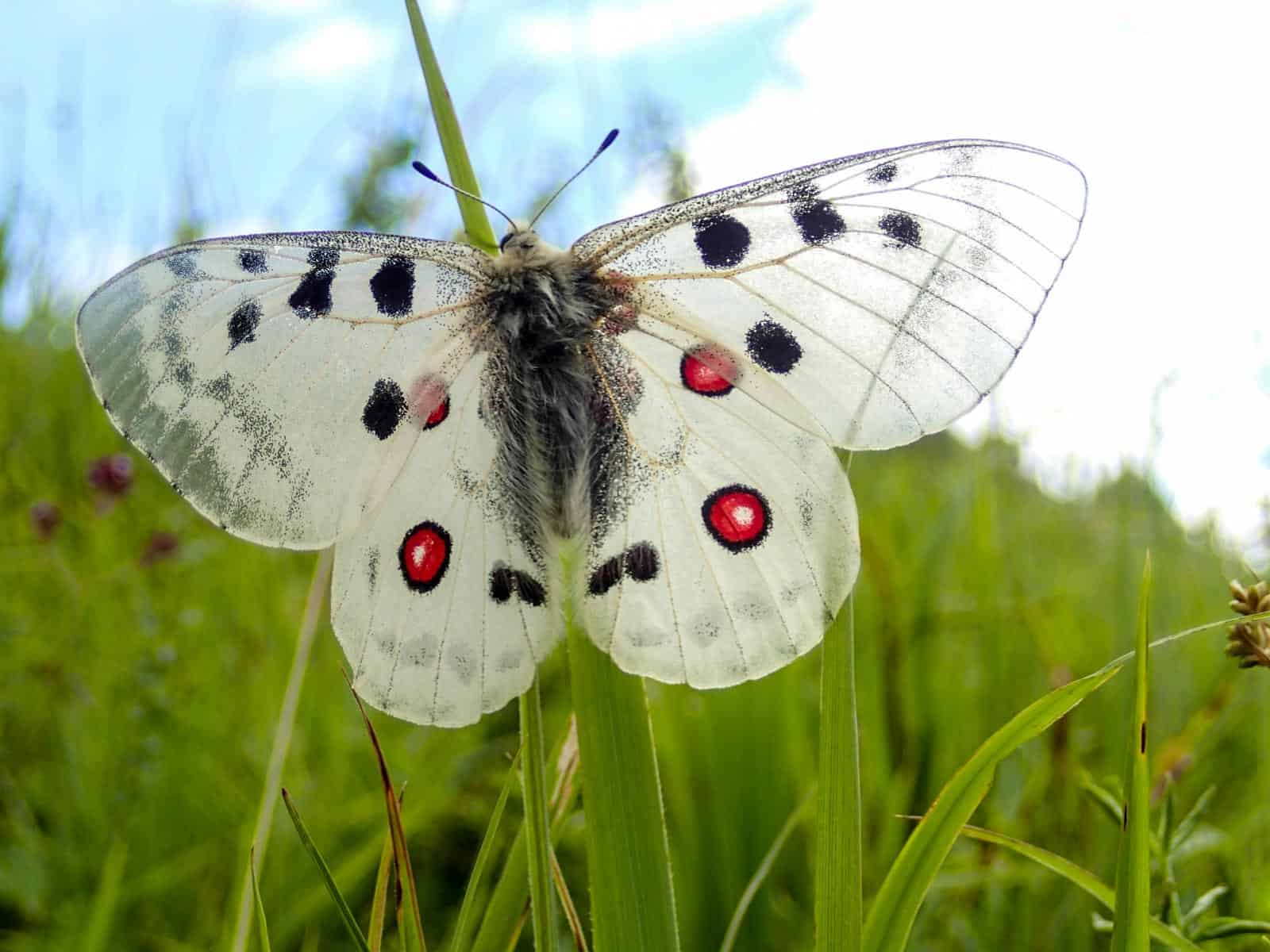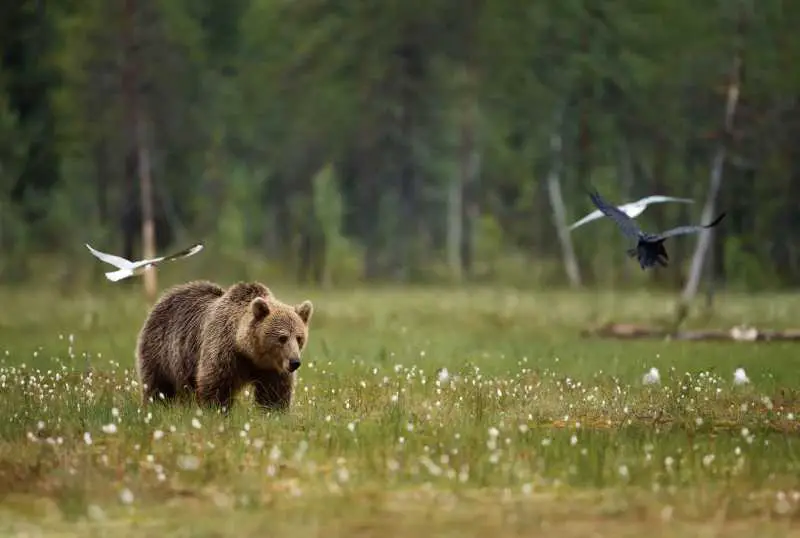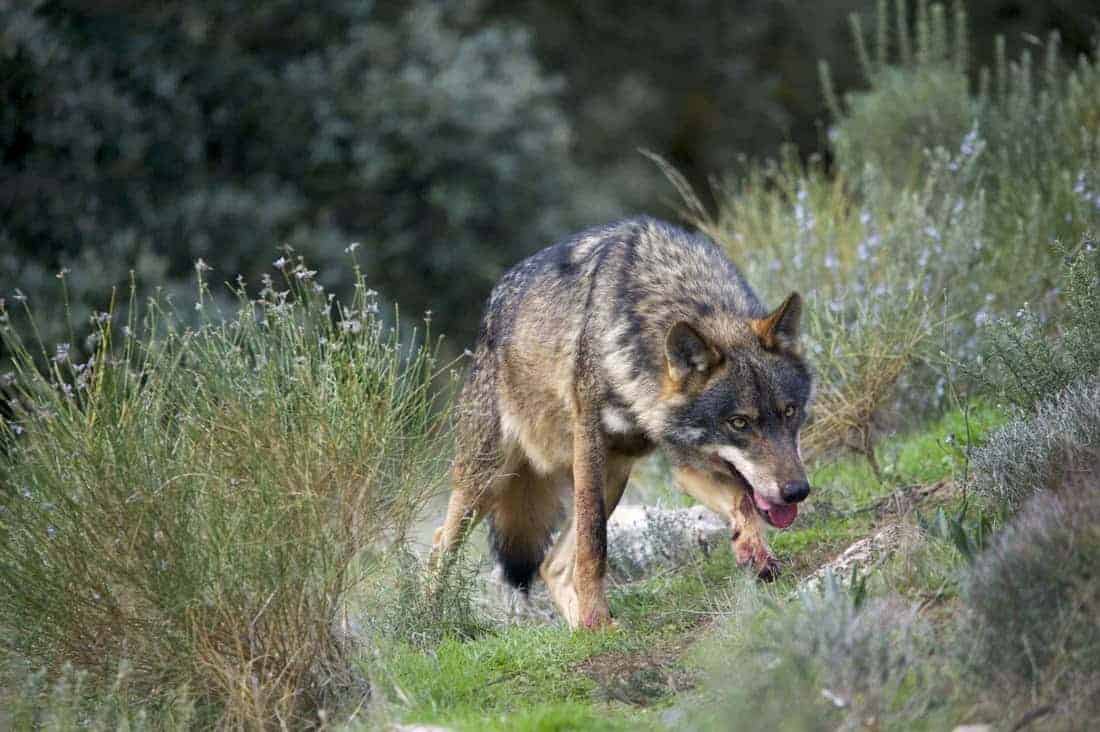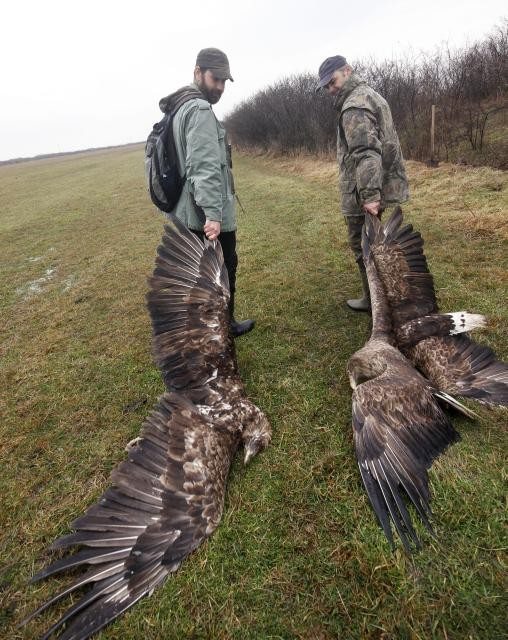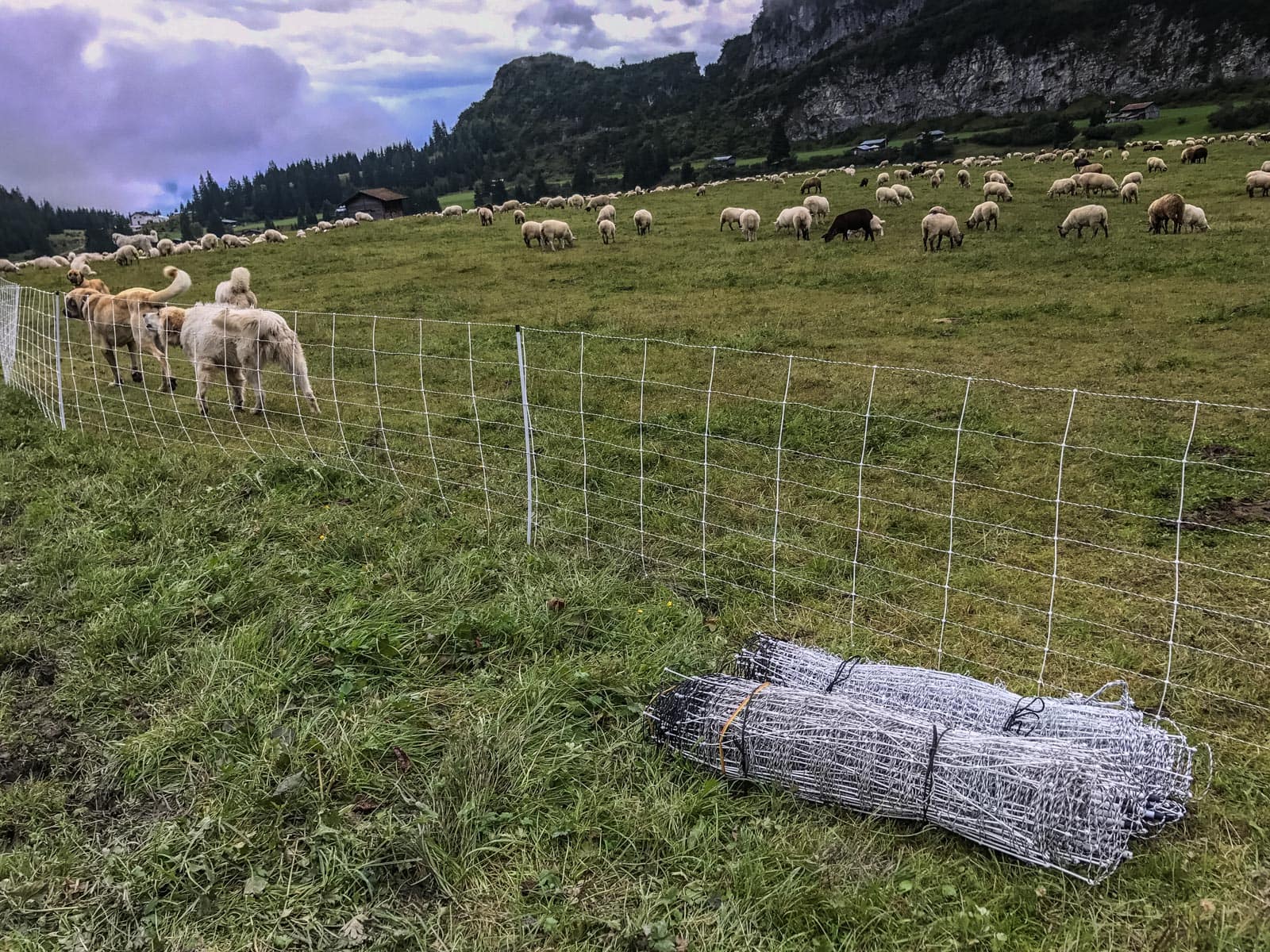Take a photo and help protect endangered butterflies!
Citizen Science, best translated as “community science”, has a long history in Europe and is now highly regarded and accepted. What does this mean for butterfly research and conservation, what is it good for and how can you get involved?
Why study butterflies?
There are over 230.000 species of butterflies and moths in the world, which is a breathtaking biodiversity. From a bit over a centimetre to 30 centimetre across, they live on average 2 weeks. But why is it important to study them? Butterflies are important pollinators and they are an excellent indicator of the state of the natural environment, because most of them are very sensitive to environmental changes. In fact, recent studies estimate that butterflies populations halved in the past decade only. They have been deeply impacted by a warming climate and habitat loss due to human activities, particularly non-sustainable agricultural practices, with the widespread use of pesticides and chemicals.
Global Butterflies Census
Butterflies, especially day butterflies, are relatively easy to observe, even in our gardens or parks, they are beautiful, they attract many visitors. Collecting data on their status can help us to see what is happening to our natural environment, what climate change and human activity cause, to predict any potential negative impacts of our decisions and to give us time to act to prevent further biodiversity loss.
Therefore, Friend of the Earth, an initiative of the World Sustainability Organization, has launched a Global Butterflies Census as part of a strategy to stop the dramatic decline, raise awareness about butterflies and moths, and gather information necessary to design conservation measures. Relying on citizen science, the ultimate goal is to save them from extinction. People worldwide can send in their butterfly pics via WhatsApp. This information will then contribute to scientific research towards better conservation measures. So far, the Census gathered more than 1300 timestamped and geolocated photos of butterflies from 28 countries across the five continents (among which, many rare species).
Amateur is not the opposite of professional
The term “amateur” is often used pejoratively to describe someone, implying that they are not as knowledgeable as a true “professional”. This is not the case at all. A professional lepidopterist (butterfly expert) is simply someone who makes a living from studying butterflies, whereas an amateur does not make a living from it, but is interested in the subject as a hobby. Such a renowned ‘amateur’ butterfly keeper was, for example, the writer Vladimir Nabokov. Among amateurs and professionals alike, there are those with outstanding skills and those with more modest knowledge. Not to mention the fact that anyone interested can acquire enough knowledge to provide reliable and valuable data. It is time for the word ‘amateur’ to lose the negative connotations associated with it.
Become a butterfly conservationist yourself!
If you would like to help preserve the natural environment, in addition to being environmentally conscious, planting trees, collecting rubbish, leaving a few flower patches of lawn in your garden unmown, you can help these joint efforts by collecting data.
So, would you like to become an amateur butterfly researcher, or who have been tempted to do so but don’t know how to start? Participating in the Global Census takes two steps. Whenever you see a butterfly or moth, take a close picture without disturbing the specimen, then send it by WhatsApp message to Friend of the Earth together with your location. Friend of the Earth will answer back with the species’ name and file the info on the census’s interactive map and database.
New project on the Parnassius Apollo
Together with a consortium of international experts, the European Wilderness Society has recently started the project LIFE Apollo2020, focusing on one of the most threatened butterflies in Europe. The project aims to recreate the Parnassius apollo populations in 3 functional areas: Sudetes and White Carpathians in the Continental bioregion and strengthening the Austrian Alps in the Alpine bioregion. Stay tuned for more updates on the project soon!
Bonus tip: How to create a butterfly-friendly garden
- Choose your plants so that from spring to autumn there’s always a nectar-rich flower in the garden, preferably brightly coloured or fragrant, irresistible to butterflies.
- Chemical-free gardens – look into how to make natural crop sprays, using for example stinging nettle or garlic.
- Plant a food plant – every butterfly has its own food plant. For example, nettles are a favourite of the peacock butterfly, but if you want to attract the Old World swallowtail, plant dill or fennel.
- Leave patches of grass unmown.
- Put out water in small bowls – butterflies get thirsty as well.
- Keep a few areas moist, where butterflies can suck up minerals.
- Build an insect hotel where not only butterflies but many other insects can find shelter
- Leave some fallen, overripe fruit on the ground – butterflies will appreciate it.

